
Health
13:35, 01-Jun-2019
Myopia in children: China takes more measures to fight nearsightedness
Updated
14:15, 01-Jun-2019
By Wu Lei, Chen Weikui, Liu Bo
02:28
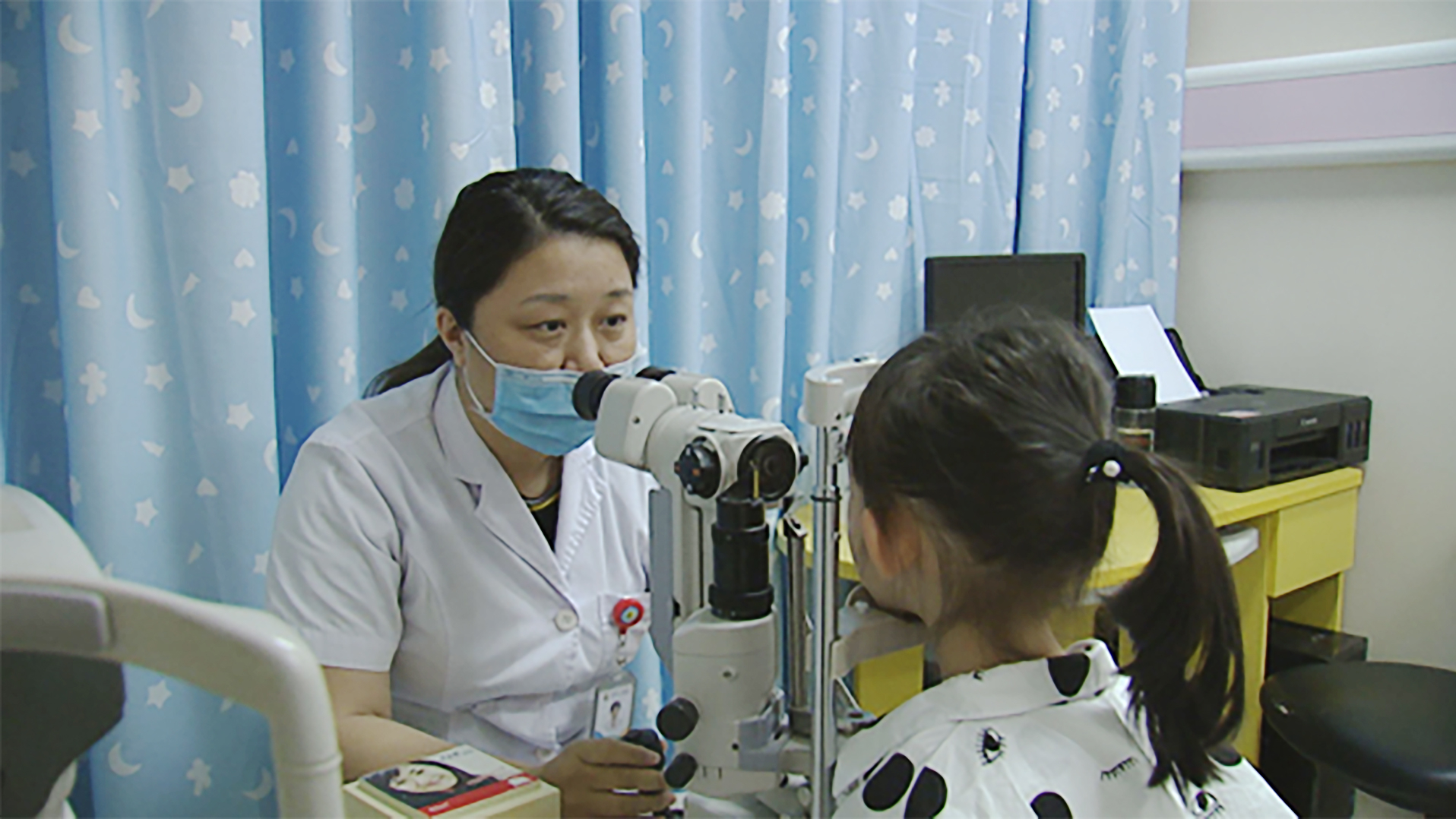
June 1 marks another Children's Day. The future of the world is in children's hands, and much of that future depends on healthy eyesight. But according to the latest research by China's National Health Commission, as of last year, more than half of China's children and teenagers suffer from myopia or nearsightedness.
Another child getting her eyesight checked. Every day, Doctor Li Xiaobo examines dozens of children suffering from myopia. Li says aside from traditional genetic factors, the causes for children's nearsightedness have changed a lot in her 20 years of practice.
Li, director of Ophthalmology of Hangzhou Children's Hospital, told CGTN that nowadays children prefer to stay at home more, thus they lack sufficient outdoor exercise. Abuse or improper use of electronic devices are the main causes of the high myopia rate.
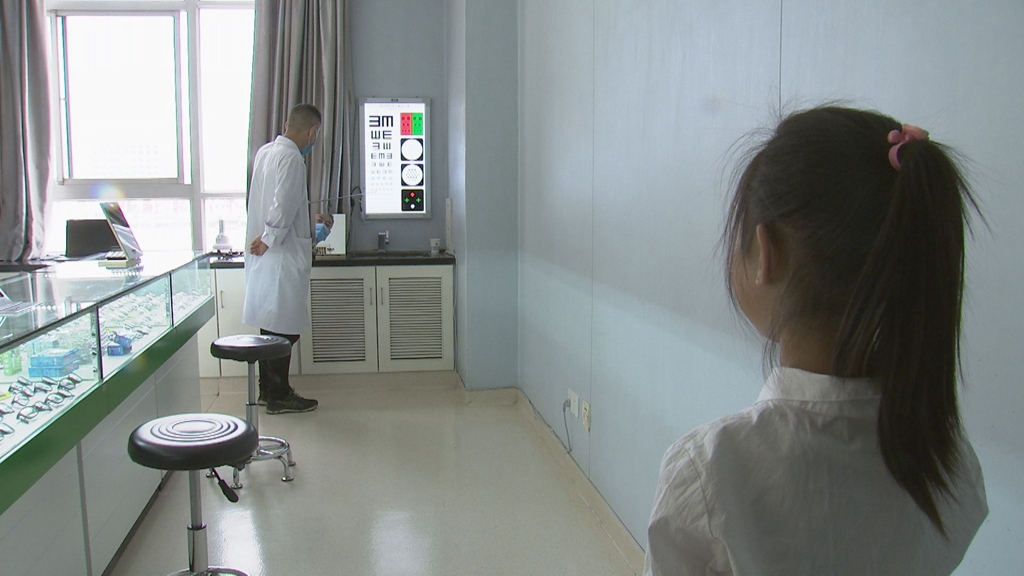
Nearsightedness is not curable with current medical techniques, making prevention important. /CGTN Photo
Nearsightedness is not curable with current medical techniques, making prevention important. /CGTN Photo
Myopia has become one of the major hurdles for children's health. Doctors say those who are taking care of children, including teachers and parents, should take more effective measures to help protect their eyesight.
Living in this digital world, teachers also use more electronic devices like PCs and tablets to improve their quality of teaching in the classroom.
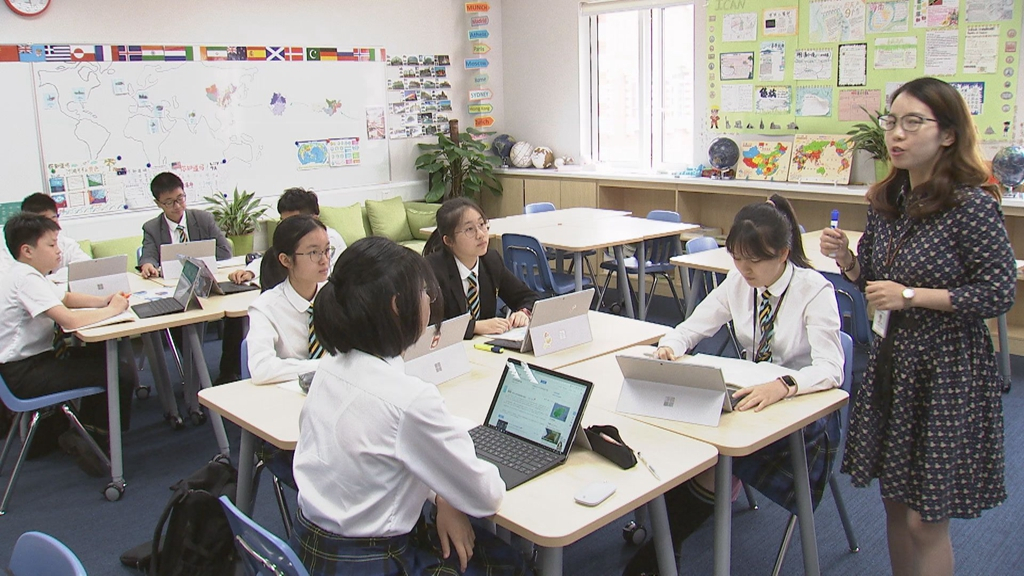
Many teachers say these modern technologies are just tools, and that the key is to find a perfect balance between conventional and electronic teaching methods. /CGTN Photo
Many teachers say these modern technologies are just tools, and that the key is to find a perfect balance between conventional and electronic teaching methods. /CGTN Photo
Lynn Li, Chinese social studies teacher at Huili School Hangzhou, told CGTN that she believes it is necessary to limit how much they use these electronics. For example, each class is around 40 minutes, and the time for using PCs can be set at around 10 minutes. The rest of the time can be free discussion and team work, which will help reduce screen exposure.
13-year-old Chen Qile just started to wear his first pair of glasses earlier this year.
He says it is his bad habit at home that's to blame. Chen told CGTN that he always hid to read books and novels in bad posture without his parents' permission.
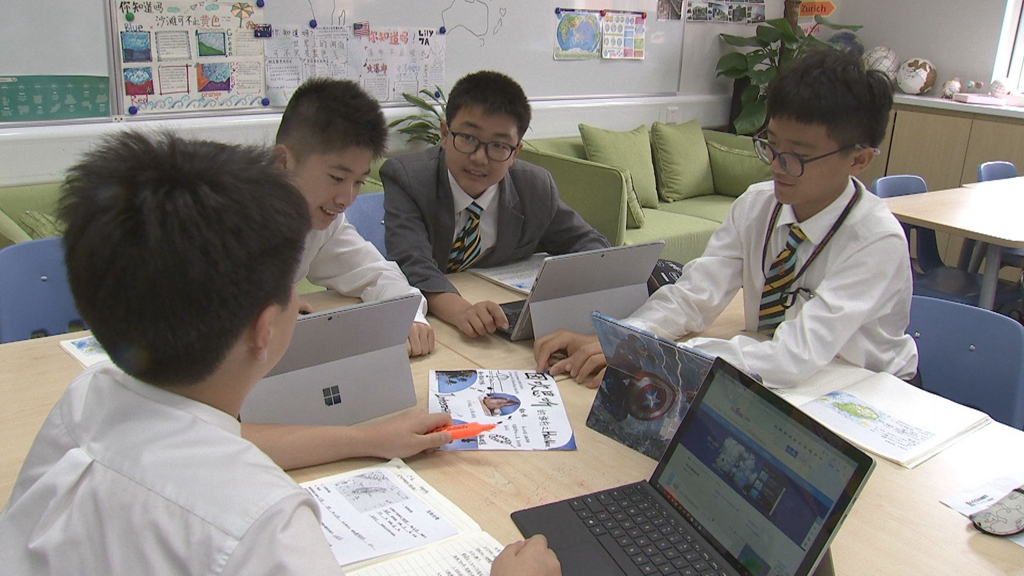
Many believe teachers should also remind parents to take more measures to limit the use of electronics at home. /CGTN Photo
Many believe teachers should also remind parents to take more measures to limit the use of electronics at home. /CGTN Photo
Kash-Lee Bane, year 6 homeroom teacher of Wellington College International Hangzhou, told CGTN that parents should bear in mind that while electronics are a great thing for children and prepare them for the future, they also need to realize there should be a limit for how much time they are using electronic devices.
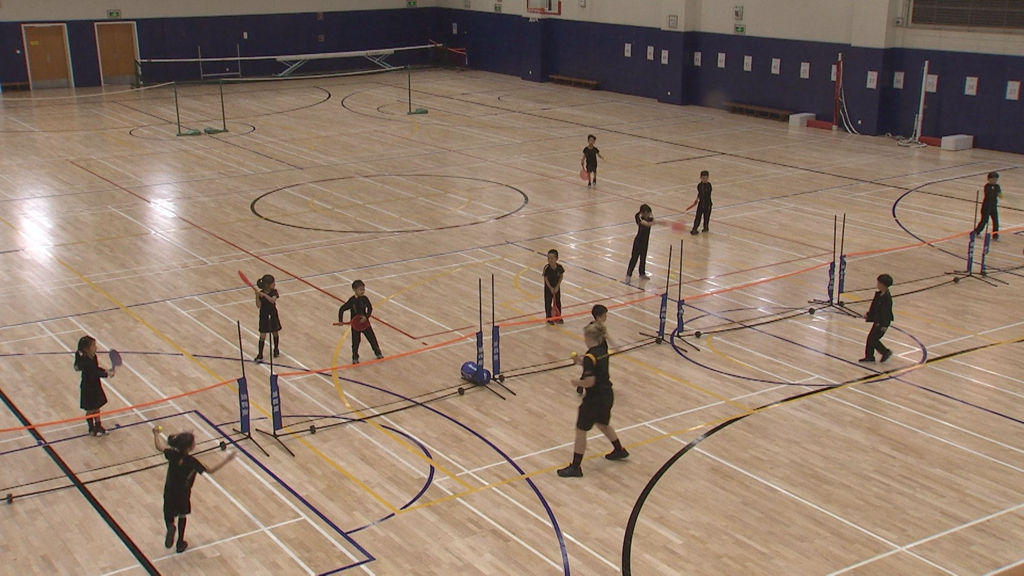
Instead of sitting in classrooms, students in China are encouraged to take part in more sports and outdoor activities to prevent myopia and maintain health. /CGTN Photo
Instead of sitting in classrooms, students in China are encouraged to take part in more sports and outdoor activities to prevent myopia and maintain health. /CGTN Photo
So far, 22 provincial governments have joined hands with the Ministry of Education and the National Health Commission, vowing to cut the overall myopia rate among children and teenagers by at least 0.5 percentage points a year from 2019 to 2023.

SITEMAP
Copyright © 2018 CGTN. Beijing ICP prepared NO.16065310-3
Copyright © 2018 CGTN. Beijing ICP prepared NO.16065310-3